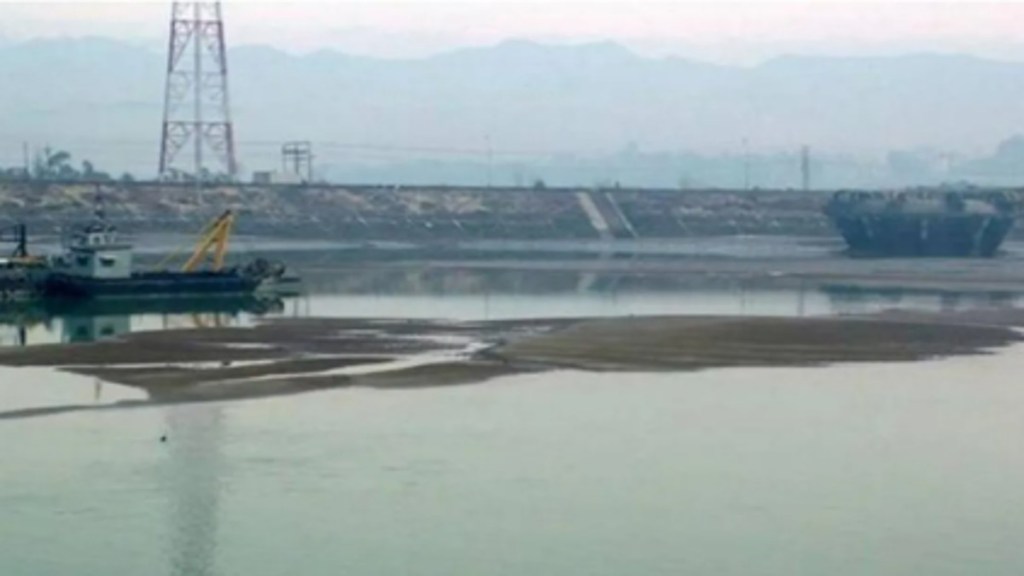Water level in the country’s 150 major reservoirs has fallen 22% below the previous year’s mark, data released on Thursday showed. The decline has been due to deficient monsoon last season, scanty rainfall in winter months and prolonged heat waves in several parts of the country in April.
This is the 32nd week in a row that the water levels have declined.
According to the Central Water Commission (CWC), water levels are 8% below last 10-year average. The reservoir’s capacity is filled up to 25%. As many as 42 of them in southern states currently have only 4% capacity filled, as per the CWC. Of these, 5 have gone dry.
The 23 reservoirs in the east, however, hold around 4% more water than last year. Lower water level, especially in the south, is likely to impact the supplies in several places in summer months and hit summer crops such as paddy and pulses.
Of these reservoirs, 20 have hydroelectric potential, which is likely to be hit because of lower water levels.
The water levels in the dams are expected to rise with the India Meteorological Department (IMD) on Wednesday announcing that the southwest monsoon is likely to set over Kerala on May 31, with a margin of +/- 4 days.
Last month, the department had forecast ‘above normal’ monsoon rainfall at 106% of the benchmark long period average (LPA) with an average error margin of +/- 5% during June-September this year, with 90% chances of the rains being in the “normal-to-excess” range.
Its prediction was also sanguine about regional distribution as it said ‘above-normal’ rainfall is expected “over most parts of the country with exception of some parts of North-East, North-West and states including Odisha and Chhattisgarh”.
Heatwave alert for northwest India
Heatwave conditions are expected over northwest India during the next five days, with Punjab, Haryana, Rajasthan and Delhi predicted to bear the maximum impact, the India Meteorological Department said on Thursday.
A fresh heatwave spell will also commence over east and central India from May 18.
The Met office issued an orange alert for Haryana, Punjab, Rajasthan and Delhi, emphasising “high health concern” for vulnerable people, including infants, the elderly, and those with chronic diseases.
A yellow alert has been issued for east Rajasthan, Uttar Pradesh, Madhya Pradesh, Bihar, Gujarat, Jharkhand, Gangetic West Bengal and Odisha.


